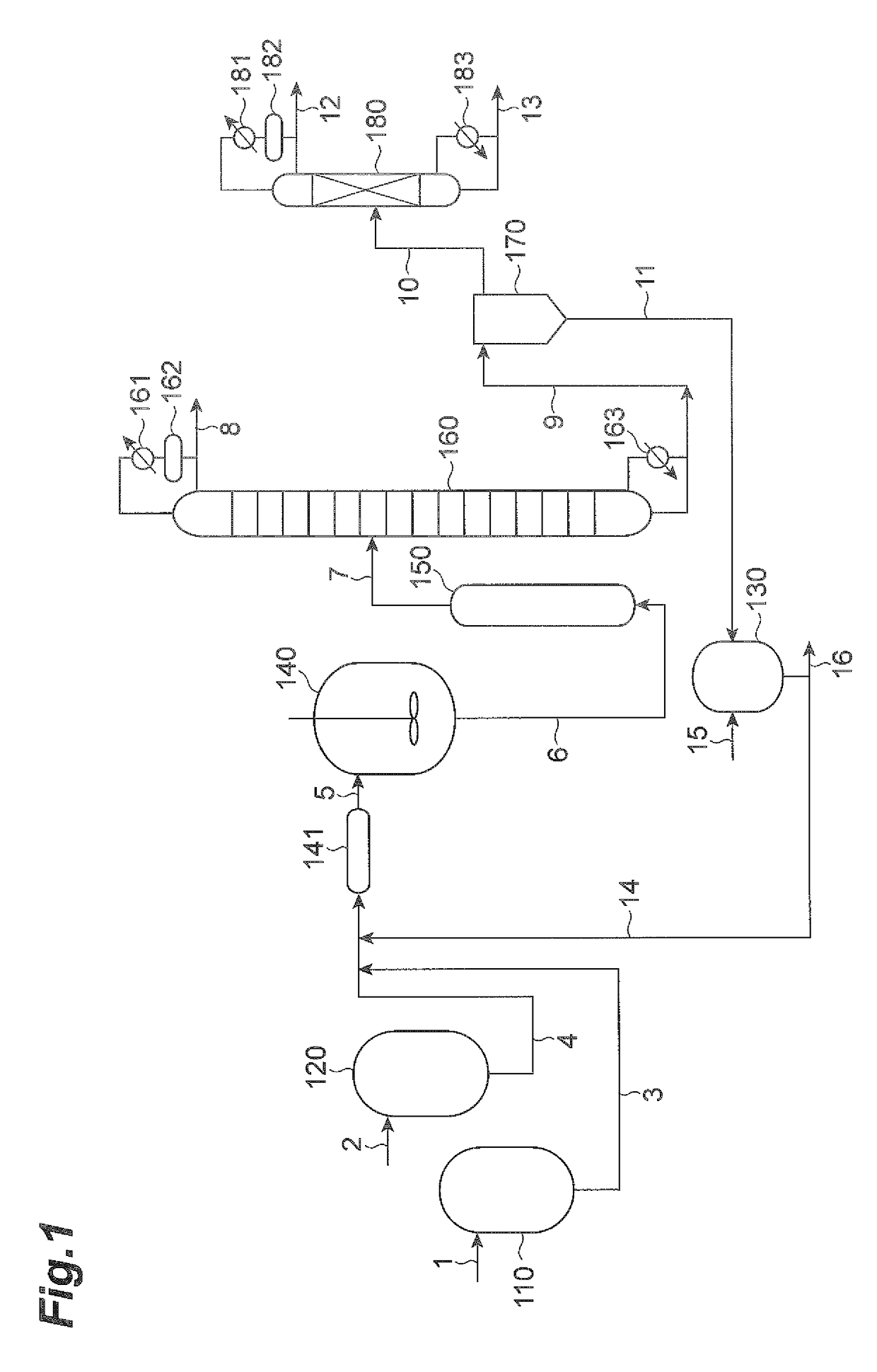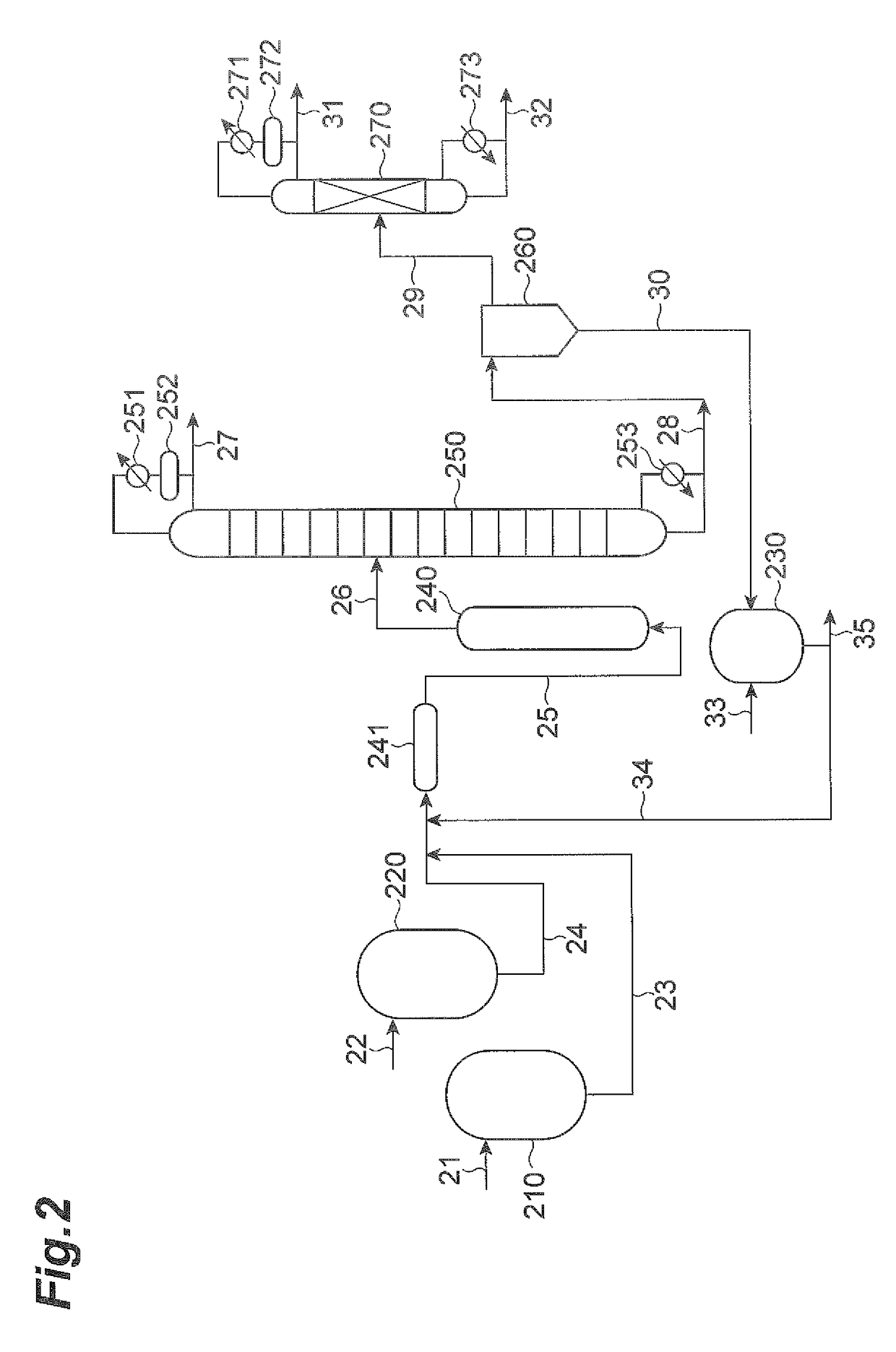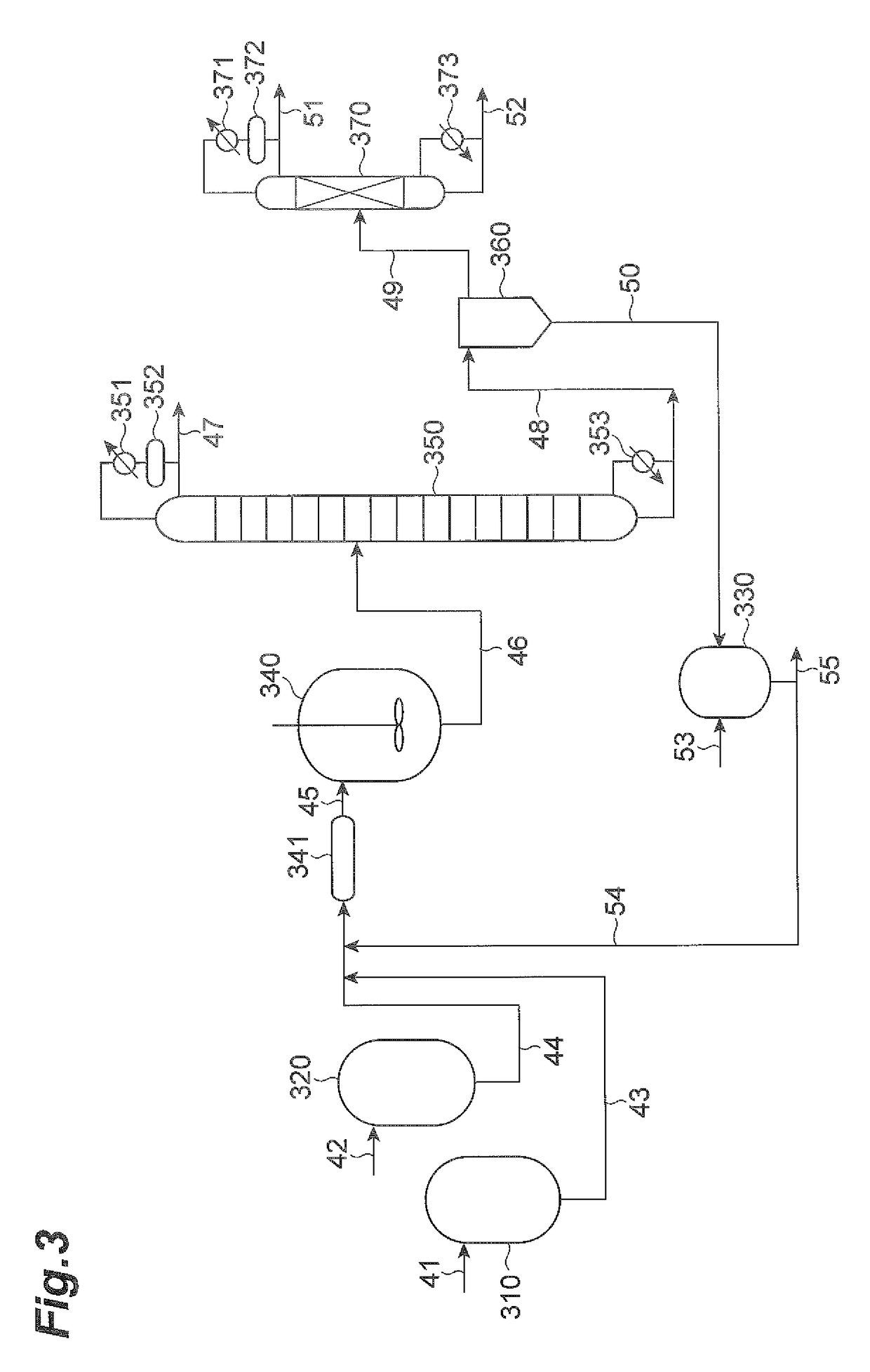Alkyl tin compound
a technology of alkyl tin and compounds, applied in the field of alkyl tin compounds, can solve the problems of inability to carry out reaction, inability to elucidate the structure of modified compounds presumed to correspond to monoalkyl tin compounds, and inability to achieve inactivation. , to achieve the effect of minimizing production, high use value and minimizing the generation of inactive forms
- Summary
- Abstract
- Description
- Claims
- Application Information
AI Technical Summary
Benefits of technology
Problems solved by technology
Method used
Image
Examples
examples
[0234]A first embodiment of the invention will now be explained in greater detail through examples and comparative examples, with the understanding that the invention is not limited to the examples.
[0235]The analysis methods applied in the examples and comparative examples will be described first.
[0236]
1) NMR Spectral Analysis
[0237]Apparatus: JNM-A400 FT-NMR System by JEOL Corp.
(1) Preparation of 1H-NMR, 13C-NMR and 119Sn-NMR Spectral Analysis Samples
[0238]After weighing out 0.3 g of liquid containing an alkyl tin alkoxide or alkyl tin alkoxide, there were added approximately 0.7 g of heavy chloroform (99.8% purity, Aldrich Co.) and 0.08 g of tetramethyltin (Wako Grade A, Wako Pure Chemical Industries, Ltd.) as an internal standard for 119Sn-NMR spectroscopy, and the uniformly mixed solution was used as a sample for NMR spectral analysis.
(2) Quantitative Analysis
[0239]The alkyl tin alkoxides (dialkyl tin dialkoxides, tetraalkyldialkoxydistannoxanes and / or trialkyl tin alkoxides) wer...
examples 6 to 80
[0283]The tetraalkyldialkoxydistannoxanes listed in Tables 1 and 2 were produced by the same methods as in Synthesis Examples 2, 5 and 8, and test operation of the continuous circulating reactor was conducted by the same method as Example 1, confirming modification reaction during heated circulation. Of these tetraalkyldialkoxydistannoxanes, some have a low flow property at the environmental temperature at the start of the reaction (about 15° C. to 35° C.), and in these cases tetralin (product of Wako Pure Chemical Industries), diphenyl ether (product of Wako Pure Chemical Industries) or undecane (product of Wako Pure Chemical Industries) was added as a diluent to prepare a liquid mixture with a diluent concentration of 10 to 35 mass %, and this was introduced into the catalyst tank before conducting test operation (circulating operation) using a continuous circulating reactor as shown in FIG. 1 in the same manner as Example 1. The mass of the tetraalkyldialkoxydistannoxane composit...
examples 81 to 142
[0288]The dialkyl tin dialkoxides listed in Tables 3 and 4 were produced by the same methods as in Synthesis Examples 1, 4 and 7, and test operation of the continuous circulating reactor was conducted by the same method as Example 2, confirming modification reaction during heated circulation. After introducing about 45 kg of the dialkyl tin dialkoxide into a catalyst tank, a continuous circulating reactor as shown in FIG. 2 was used for test operation (circulating operation) in the same manner as Example 2. A sampling solution was taken from the catalyst tank after circulating operation and subjected to 119Sn-NMR spectral analysis. The tin atom concentration (in the active component) of the composition was calculated from the dialkyl tin dialkoxide concentration after test operation as determined from the analysis results, and the percentage reduction from before the start of test operation was calculated. The number of moles of trialkyl tin alkoxide was also determined from the ana...
PUM
| Property | Measurement | Unit |
|---|---|---|
| boiling point | aaaaa | aaaaa |
| boiling points | aaaaa | aaaaa |
| pressure | aaaaa | aaaaa |
Abstract
Description
Claims
Application Information
 Login to View More
Login to View More - R&D
- Intellectual Property
- Life Sciences
- Materials
- Tech Scout
- Unparalleled Data Quality
- Higher Quality Content
- 60% Fewer Hallucinations
Browse by: Latest US Patents, China's latest patents, Technical Efficacy Thesaurus, Application Domain, Technology Topic, Popular Technical Reports.
© 2025 PatSnap. All rights reserved.Legal|Privacy policy|Modern Slavery Act Transparency Statement|Sitemap|About US| Contact US: help@patsnap.com



